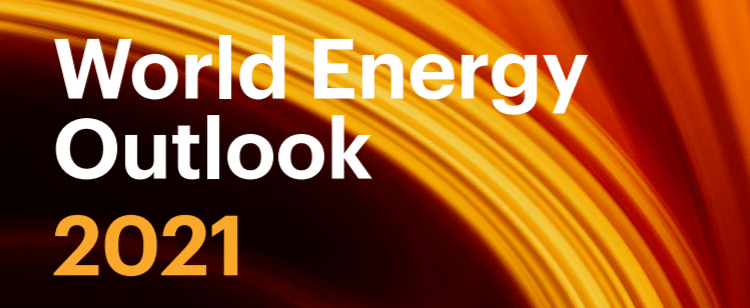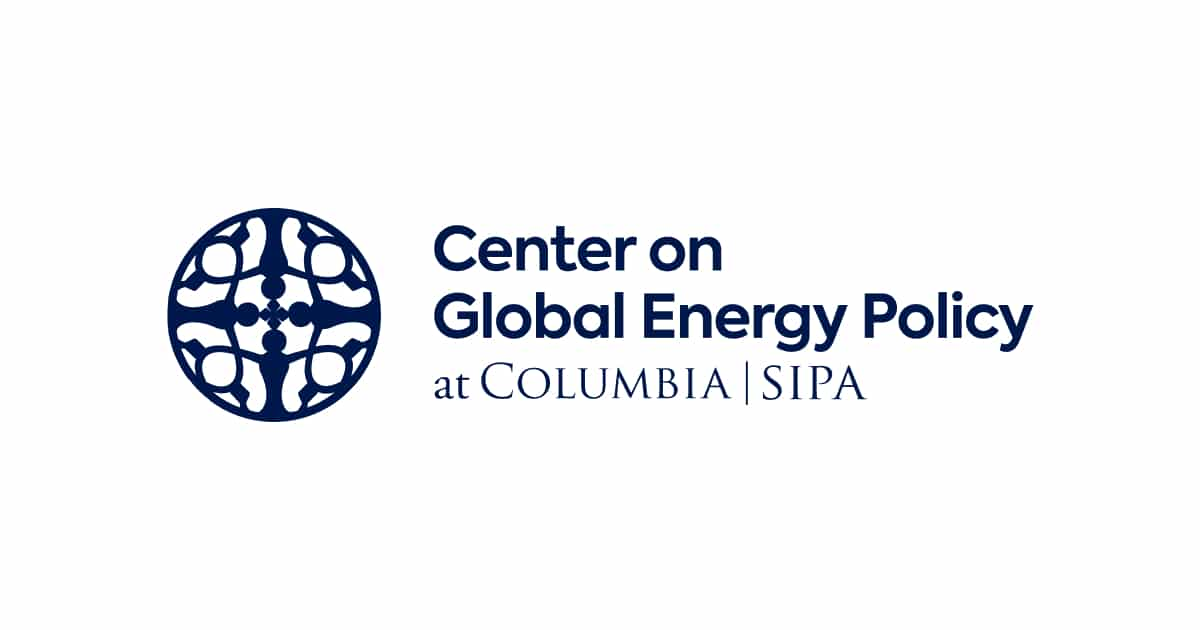Since 1998, International Energy Agency‘s yearly flagship WEO publication has provided reliable, scientifically-backed “insights into global energy supply and demand” as well as the “implications for energy security, climate targets and economic development.” This report is particularly interesting at a time when “the social and economic benefits of accelerating clean energy transitions are huge, and the costs of inaction are immense,” as IEA’s Executive Director, Fatih Birol, put it. Indeed, WEO 2021 provides a valuable guide to the “opportunities, benefits and risks ahead” against the backdrop of a vital moment for clean energy transitions; the Glasgow COP26 conference on climate change.
Executive Summary:
- A new global energy economy is emerging, but the transformation still has a long way to go.
- At a pivotal moment for energy and climate, the WEO-2021 provides an essential guidebook for COP26 and beyond.
- Announced climate pledges move the needle, but achieving them in full and on time cannot be taken for granted.
- Today’s pledges cover less than 20% of the gap in emissions reductions that needs to be closed by 2030 to keep a 1.5 °C path within reach.
- Solutions to close the gap with a 1.5 °C path are available – and many are highly cost-effective.
- Finance is the missing link to accelerate clean energy deployment in developing economies.
- Strategies to phase out coal have to effectively deal with impacts on jobs and electricity security.
- Liquids and gases are caught between scenarios: Oil demand, for the first time, goes into eventual decline in all the scenarios examined in the WEO-2021, although the timing and speed of the drop vary widely.
- There is a looming risk of more turbulence ahead for energy markets.
- Transitions can offer some shelter for consumers against oil and gas price shocks: Energy transitions can provide a cushion from the shock of commodity price spikes, if consumers can get help to manage the upfront costs of change.
- Other potential energy security vulnerabilities require close vigilance.
- The costs of inaction on climate are immense, and the energy sector is at risk.
- The potential prize is huge for those who make the leap to the new energy economy.
- Making the 2020s the decade of massive clean energy deployment will require unambiguous direction from COP26.
Contents:
- A new energy economy is emerging
- Scenario trajectories and temperature outcomes
- Keeping the door to 1.5 °C open
- Energy consumers of tomorrow
- Mobilizing investment and finance
- People-centered transitions
- Phasing out coal
- Prices and affordability
- Energy security and the risk of disorderly change
- Fuels: old and new
You can find the full report here.




